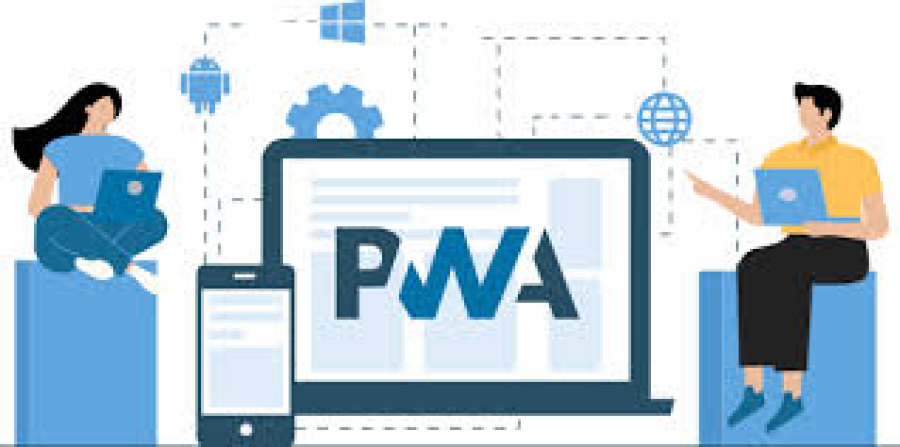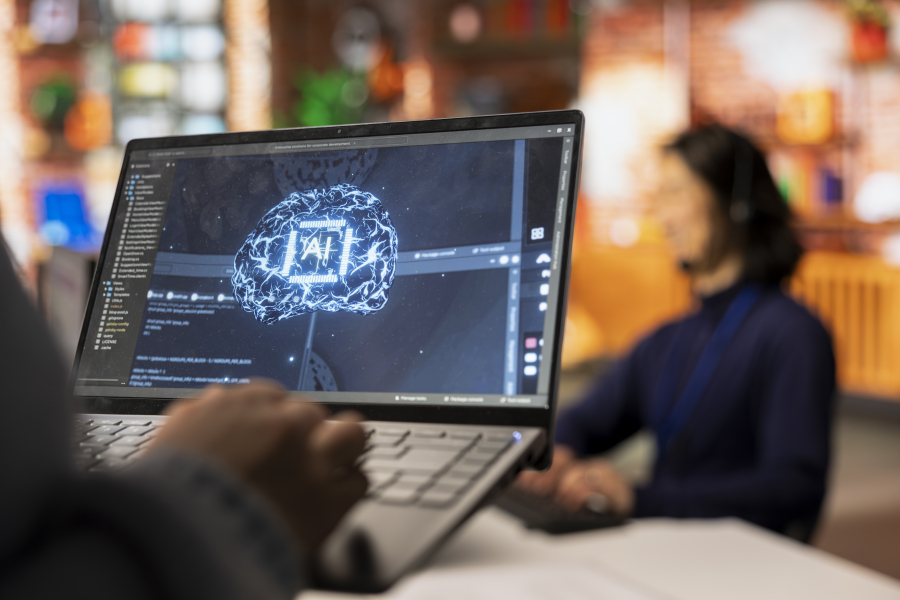Web Design vs UI/UX: What's the Difference?
In the ever-evolving digital landscape, terms like Web Design and UI/UX Design are often used interchangeably, but they actually represent different yet interconnected fields. For freelance designers aiming to build a successful career, understanding the distinctions and overlaps between web design and UI/UX design is crucial. At FreelancerBridge, we help freelancers sharpen their knowledge so they can clearly communicate their skills and deliver the right solutions to clients. This article breaks down the differences between web design and UI/UX, explores their roles in creating digital experiences, and offers tips on how to leverage each skill set effectively.
Long Description
1. Defining Web Design
Focus: Web design primarily involves the visual aesthetics and layout of websites. It includes choosing colors, typography, images, and the overall look and feel of a site.
Goal: The main goal is to create an attractive, functional, and user-friendly interface that represents the brand’s identity.
Tools: Web designers commonly use graphic design software like Adobe Photoshop, Illustrator, and web-building platforms such as WordPress or Webflow.
Skills: Strong graphic design skills, knowledge of HTML/CSS basics, and an eye for detail are essential.
2. Understanding UI (User Interface) Design
Focus: UI design is about designing the interactive elements users engage with, such as buttons, menus, forms, and navigation controls.
Goal: To create an interface that is easy to use, intuitive, and visually consistent across different devices and platforms.
Tools: UI designers often work with tools like Figma, Sketch, Adobe XD, and InVision to build interactive prototypes.
Skills: Expertise in interaction design, wireframing, prototyping, and visual design principles.
3. What is UX (User Experience) Design?
Focus: UX design involves researching, analyzing, and optimizing the entire experience a user has while interacting with a product or website.
Goal: To ensure the website or app is useful, easy to navigate, and meets user needs effectively.
Activities: Includes user research, persona development, user journey mapping, usability testing, and iteration.
Skills: Strong understanding of human psychology, data analysis, usability heuristics, and problem-solving abilities.
4. Key Differences Between Web Design and UI/UX Design
Aspect Web Design UI Design UX Design
Primary Focus Visual aesthetics and layout Interactive elements and controls Overall user journey and satisfaction
Main Tools Photoshop, Illustrator, WordPress Figma, Sketch, Adobe XD Research tools, wireframing, prototyping
Goal Attractive, brand-aligned websites Intuitive, consistent interfaces Functional, user-centered experiences
Involves Coding? Basic knowledge of HTML/CSS often needed Rarely codes but collaborates with developers No coding, focuses on research and testing
User Research? Limited focus on user research Some focus on user interaction Extensive user research and testing
5. How Web Design, UI, and UX Work Together
Collaborative Workflow: In many projects, web designers, UI designers, and UX designers collaborate closely to deliver seamless digital experiences.
From Research to Visuals: UX research informs UI design decisions, which then translate into the web design layout and structure.
Freelancers’ Advantage: Knowing how these roles overlap and complement each other helps freelancers offer comprehensive solutions or specialize based on demand.
6. Why Freelance Designers Should Understand Both Web Design and UI/UX
Broaden Your Skill Set: Clients often look for versatile freelancers who can handle both aesthetics and user experience.
Communicate Effectively: Understanding UI/UX helps web designers explain design choices and collaborate better with developers and clients.
Increase Marketability: Offering UI/UX services alongside web design opens up more freelance opportunities.
Deliver Better Projects: Holistic knowledge results in more user-friendly, beautiful websites that satisfy both clients and users.
7. How to Build Your Skills in Web Design and UI/UX
Take Online Courses: Platforms like Coursera, Udemy, and LinkedIn Learning offer specialized courses for both web design and UI/UX design.
Practice with Real Projects: Build personal projects or volunteer to design websites or apps to develop your portfolio.
Stay Updated: Follow design blogs, attend webinars, and participate in design communities to keep up with the latest trends.
Use Design Tools: Get hands-on experience with Figma, Sketch, Adobe XD for UI/UX and Photoshop, Illustrator for web design.
Learn User Research: Understand basic UX research methods to add value to your freelance services.
8. Freelance Opportunities in Web Design and UI/UX
Web Designer Roles: Website layout design, branding integration, responsive design for mobile and desktop, WordPress customization.
UI Designer Roles: Designing app interfaces, creating interactive prototypes, collaborating on front-end development.
UX Designer Roles: Conducting user interviews, creating wireframes and personas, usability testing, optimizing user flows.
Hybrid Roles: Many freelance projects demand combined UI/UX design or web design with UI/UX understanding.
9. Common Mistakes Freelancers Should Avoid
Mixing up roles and overpromising services you’re not skilled at.
Ignoring user experience when focusing solely on visuals.
Neglecting responsive and accessible design principles.
Not updating skills regularly with evolving tools and trends.
10. Conclusion: Which One Should You Focus On?
Both web design and UI/UX design are valuable, and your choice depends on your passion and career goals. If you love visual creativity and branding, web design may be your path. If you enjoy problem-solving and creating user-centered experiences, UI/UX is a rewarding choice. Many freelancers succeed by learning the basics of both to deliver well-rounded projects. On FreelancerBridge, mastering these skills will help you stand out and attract clients looking for high-quality digital design solutions.


 by Emily
by Emily




